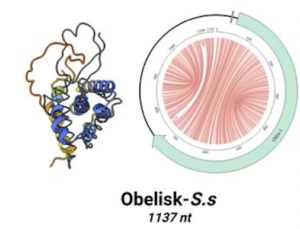What happens if crowdfunding starts to become mob-minded? How does the democratization of study funding affect study design and methodology?
We contacted the New England Journal of Medicine to find out if the esteemed journal’s editors would publish crowdfunded research. NEJM spokesperson Julia Agresto explained that the publication makes “decisions to publish based on scientific accuracy, novelty, and importance.” Every article submitted to NEJM is evaluated based on its scientific merits, she added, not on its funding sources.
Patient Advocacy & Crowdfunding
Agresto pointed out that in 2011, the NEJM published an original article entitled “Efficacy and Safety of Sirolimus in Lymphangioleiomyomatosis” and a related editorial, “Patient Organizations and Research on Rare Diseases.” The editorial discusses how “the LAM Foundation succeeded in raising money and obtaining third-party funding for research into the biology of LAM,” and how LAM patients had “banded together” to raise and secure research funding, among other efforts.
The editorial notes that patient groups have sponsored both clinical and basic research on other medical conditions as well, and that “patients have formed groups to drive research aimed at understanding and treating their particular illness.” Patients thereby become directly involved not only in the research process, but in charting a course towards their own optimal health and wellness.
 By throwing their funding nets out into the wide waters of the world wide web, researchers like Dr. Exley are simply extending the patient advocacy trend that has roots going back to the early 1990s with the AIDS crisis and the breast cancer movements.
By throwing their funding nets out into the wide waters of the world wide web, researchers like Dr. Exley are simply extending the patient advocacy trend that has roots going back to the early 1990s with the AIDS crisis and the breast cancer movements.
Some see crowdfunded research as a way of breaking down barriers, allowing knowledge to be easily shared with science enthusiasts and other interested parties. Through crowdfunding, investigators are offering ordinary people a voice in a process that has historically excluded them.
Crowdfunding also provides the public with a window of insight into the scientific process. Typically, ordinary peopel don’t get to see research in action; their exposure to science is limited to any accessible results published post-trial.
As an incentive to contribute to their campaigns, crowdfunded researchers encourage donors to engage with science in a more meaningful way by allowing them to follow studies in real time, while they’re in progress. Donors can instead track the course of “their” studies via regular updates from the researchers.
Through the collaborative efforts of researchers and the public in crowdfunding medical research, contemporary science truly could become a process for, and of, the people.
END







